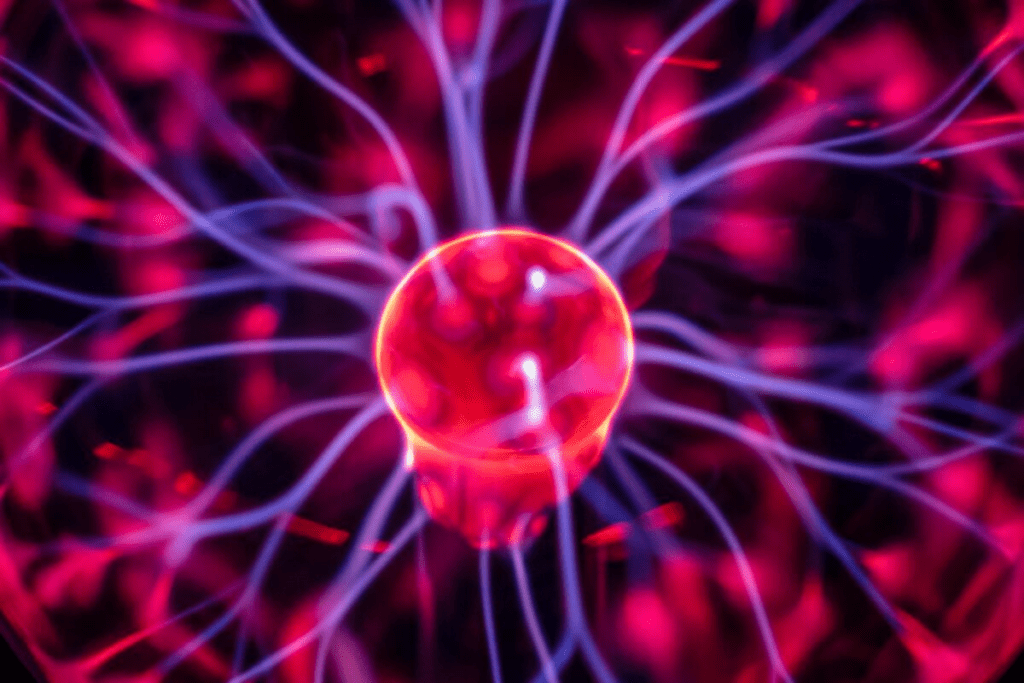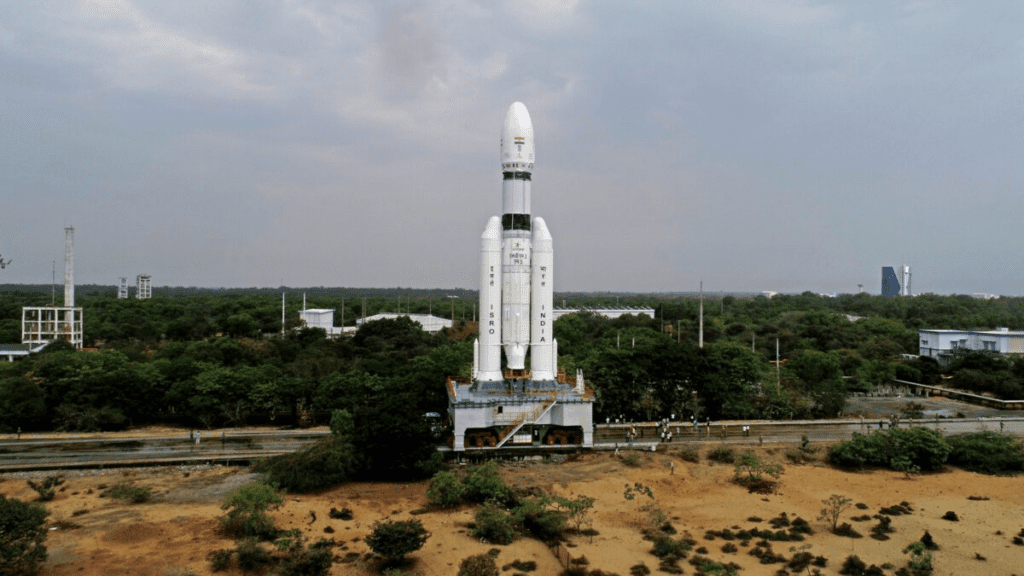Researchers at the University of Rochester in New York allegedly told that they have achieved room-temperature, room-pressure superconductivity which can revolutionize the way we power our world.
In the case of superconductive material, electricity flows through it with zero resistance meaning none of the energy is lost as heat. Also, most superconductors are created using high pressure and temperatures.
Researchers at the University of Rochester in New York created a material made out of hydrogen, nitrogen, and lithium that becomes superconductive at a temperature of 21 degrees Celsius and a pressure of 1 gigapascal which is approximately 10,000 times the atmospheric pressure on Earth. They compressed the combination of the three elements using a diamond anvil, a machine that compresses samples to high pressures between two diamonds. As the material was compressed, its color changed from blue to red, leading the researchers to nickname it “red matter.”
The researchers ran a series of tests examining the red matter’s electrical resistance, heat capacity, and how it interacted with an applied magnetic field, and all the tests pointed towards the material being superconductive. However, not all researchers in the field are convinced due to controversy surrounding a 2020 paper by the same team claiming room-temperature superconductivity that was later retracted by the scientific journal Nature. James Hamlin a researcher at the University of Florida says, “Perhaps they have discovered something absolutely groundbreaking and earth-shattering in this work, something that would win a Nobel Prize, but I have some reservations.”
Independent groups will need to verify red matter’s superconductivity and figure out its structure before this could be one of the most impactful scientific findings ever.
Red matter can be produced industrially if researchers can figure out the reason behind its production naturally. However, researchers caution that there will be a lot of scrutiny, and the difference here from the previous result is that this is at such low pressure that a lot of other groups can look at this. Pressure cells that can reach 1 gigapascal are relatively commonplace, which makes independent verification of the results more likely.


















